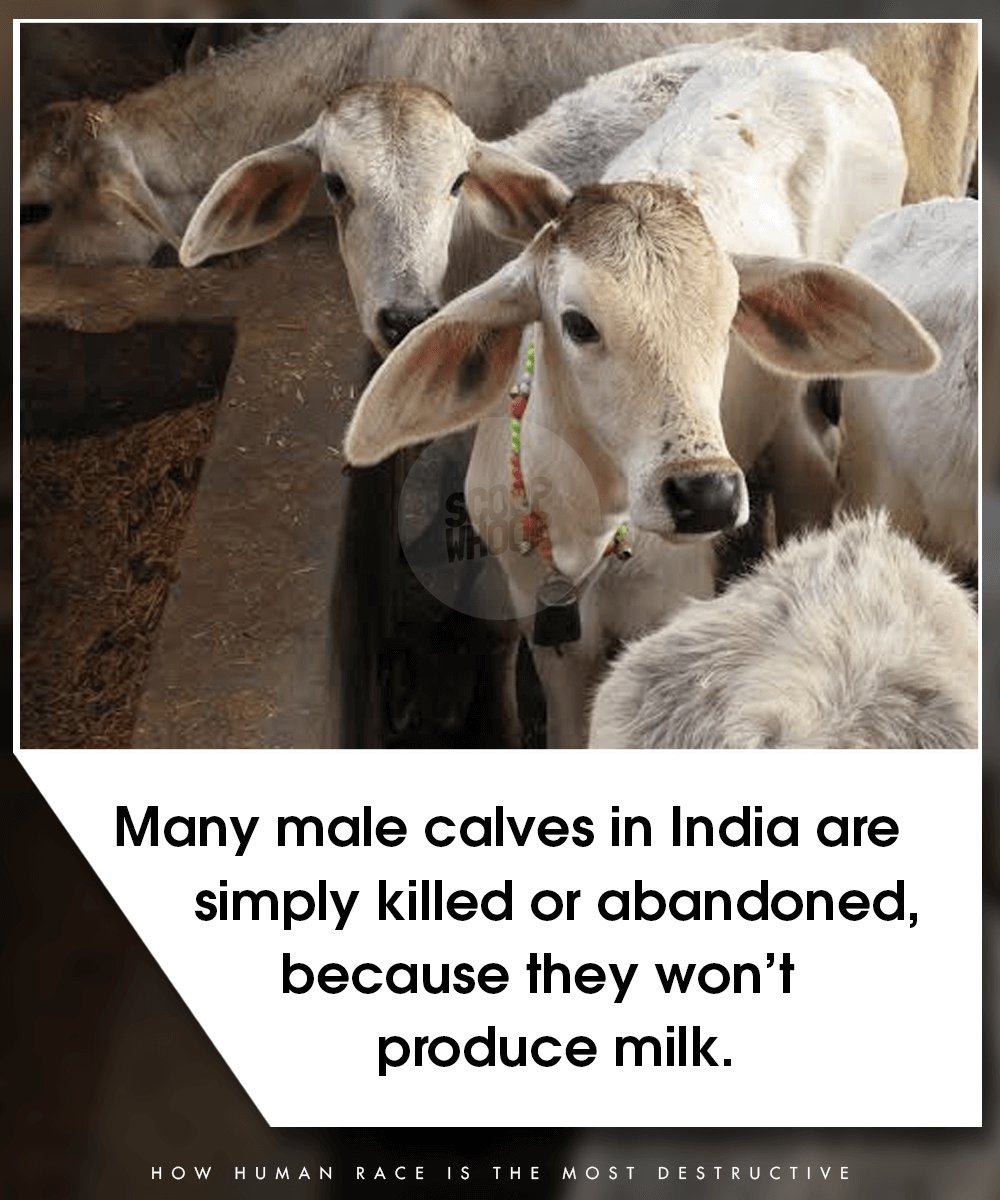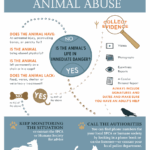Throughout history, the question of whether humans are inherently more cruel than other animal species has sparked intense debate among ethicists, scientists, and animal lovers alike. As we delve into this multifaceted issue, we realize that the comparison is not merely one of behavior, but also entwines with the complexities of morality, social structure, and evolution. What sets humanity apart in its capacity for cruelty, and how does this stack up against the behavior of other animals? Examining this inquiry requires a comprehensive understanding of both scientific findings and ethical implications.
To begin with, one must acknowledge the breadth of cruelty manifested in both human and animal behavior. It is a misconception to consider cruelty as a uniquely human trait. Animal behavior studies illustrate that various species exhibit acts that could be interpreted as cruel. For instance, certain predatory animals do engage in what appears to be torturous behavior—whether through excessive play with prey or in hierarchical displays of dominance. Such actions raise questions about the moral frameworks within which animal behaviors should be interpreted. Do these creatures define cruelty in the same way we do? Or are they acting purely on instinct?
The fundamental difference lies in the cognitive capabilities of humans. Humans possess advanced reasoning abilities, enabling them to contemplate the consequences of their actions. This capacity for reflection engenders a morally complex landscape. It allows for the establishment of ethical standards and societal norms, which often stand in stark contrast to the behavioral norms observed in the animal kingdom. The ability to make informed decisions introduces a weighty layer of responsibility. With this advanced cognition comes a greater potential for ethical violations, which brings us back to the original question: do humans demonstrate a greater propensity for cruelty?
Scientific literature reveals that humans engage in practices that can lead to widespread suffering. From industrial farming processes that systematically devalue animal lives to environmental destruction affecting species globally, human actions have systemic ramifications. For instance, the ongoing extinction of species due to deforestation and habitat destruction is alarming. In a direct cause-and-effect relationship, human greed and industrial expansion lead to ecological collapse, evoking moral outrage from animal activists and ethicists alike. This systemic cruelty is not easily found in the animal kingdom, where species tend to maintain ecological balances.
However, it is crucial to explore the roots of such cruel behavior in the human context. The evolution of societal constructs, driven by competition for resources and hierarchical structures, has facilitated the emergence of cruelty as a learned behavior. The development of larger, more intricate social networks has made it simpler for humans to engage in collective cruelty, such as wars and genocides, actions often justified through ideologies or survival. This introduces the notion that while animals operate predominantly on instinct and immediate survival, humans have the capacity to rationalize their cruel actions with complex narratives—indicating a darker side to human evolution.
The ethical implications of human cruelty extend into our interactions with other species. The conscious choices humans make—for instance, in industries involving animal production—reflect an awareness of suffering that other animals might not possess in the same capacity. Yet, do these choices stem from a perception of superiority over other species, or do they reveal a moral failing? The line is thin and often blurred; for an action to be considered genuinely cruel, the intention behind it matters significantly. Animal cruelty laws provide a glimpse into how society begins to navigate these murky waters. As societal values evolve, so too does the understanding of what constitutes cruelty. Yet, enforcement remains inconsistent, highlighting a chasm between awareness and application.
Moreover, the question of empathy plays a critical role in the discourse surrounding cruelty among species. Research into animal behavior reveals instances of empathy and altruism in various species, challenging the notion that compassion is exclusive to humans. Elephants exhibit mourning rituals for deceased relatives, while cetaceans display complex social bonds that seem to transcend mere survival instincts. Such behaviors indicate that while humans possess sophisticated moral reasoning, they may not hold a monopoly on compassion. Consequently, the mere capacity for empathy does not distinguish humans as inherently less cruel but serves to illustrate a broader spectrum of emotional capabilities shared across species.
Ultimately, the inquiry into whether humans are crueler than other animals reveals more about our values than about biological differences. The tendency to engage in systematic cruelty, when coupled with advanced reasoning and social constructs, positions humanity uniquely in the natural world. Moving towards an ethical framework that values all life requires a reexamination of the narratives we construct around animals and our relationship with them.
As we continue to explore these intertwined threads of science and ethics, a shift in perspective appears both necessary and possible. Recognizing our commonalities with other species encourages humility. Understanding the systemic dimensions of cruelty enables proactive measures against it. In this age of rising awareness, the call for more compassionate approaches to all beings is stronger than ever. By reframing our understanding of cruelty and empathy through an ethical lens, society can foster a more harmonious coexistence with the myriad forms of life that enrich our planet.







